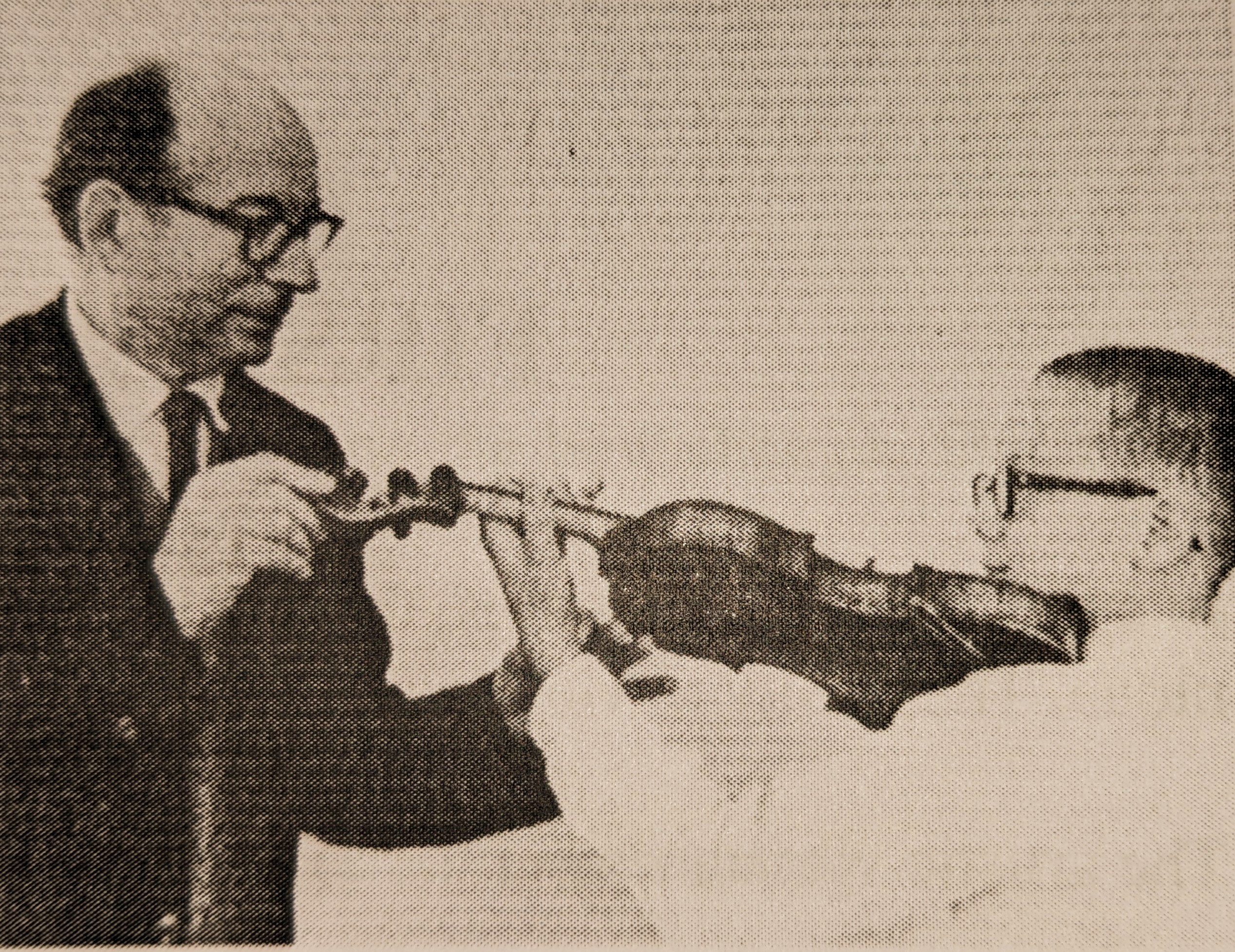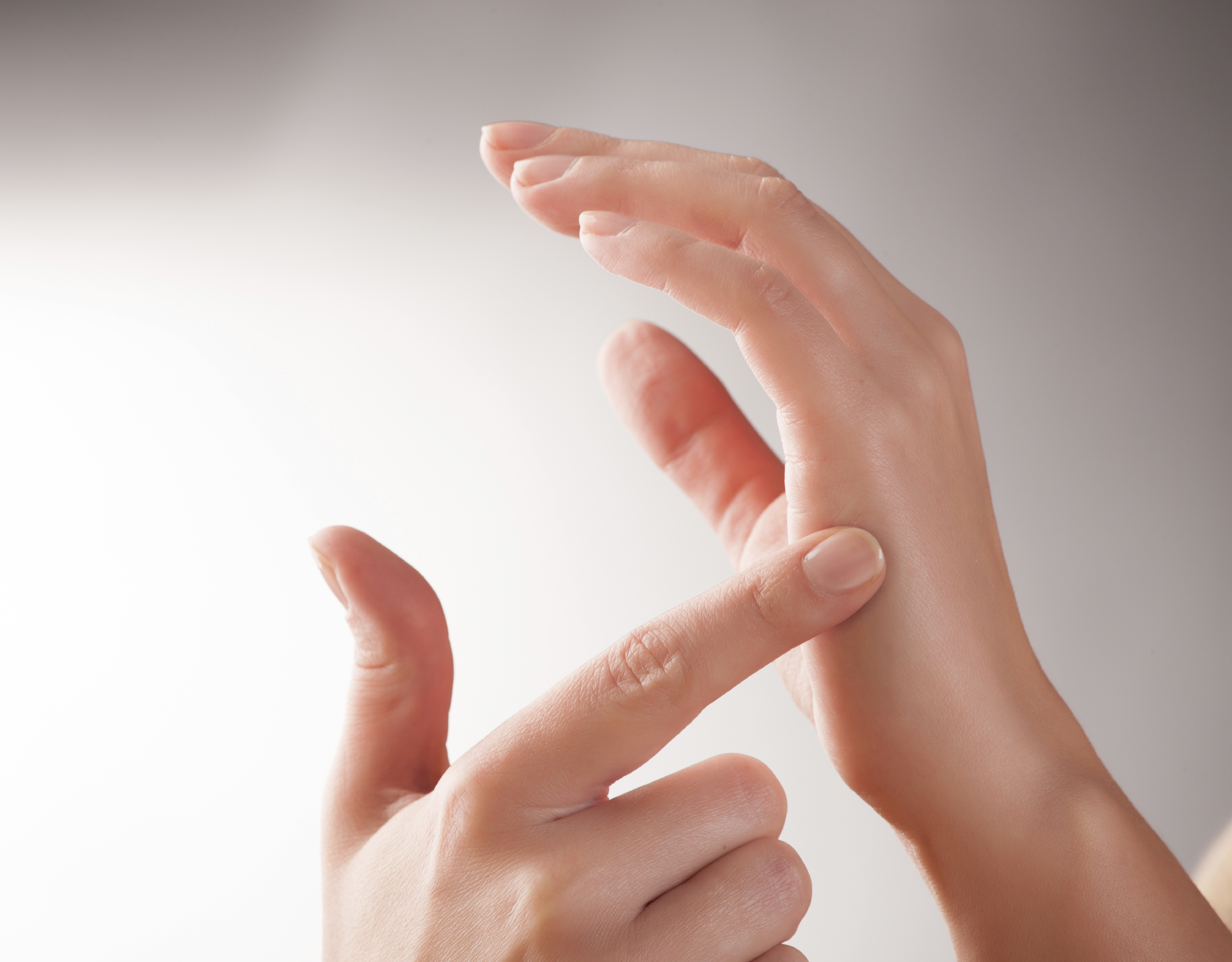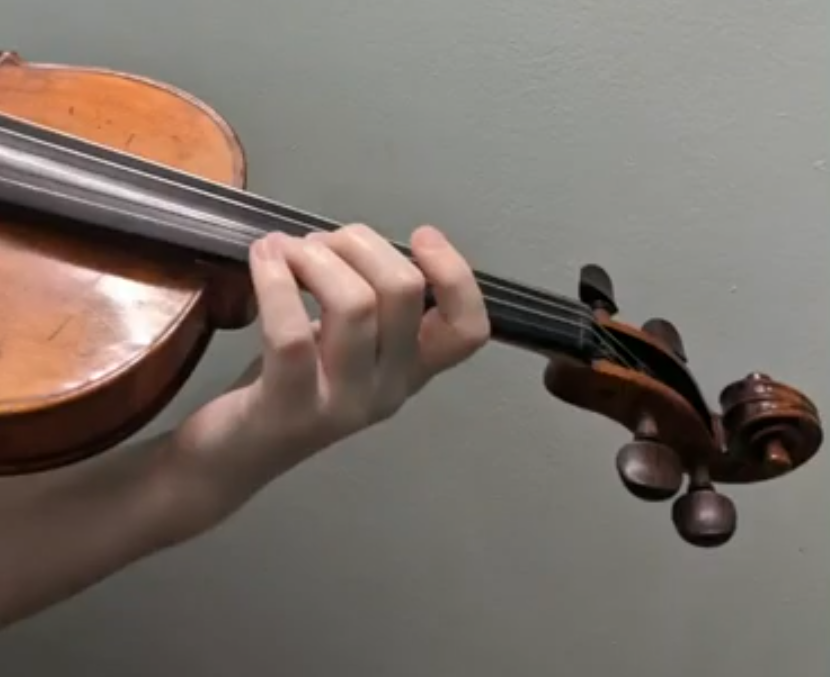“Stress happens when the mind resists what is.” – Dan Millman
This quote jumped out and caught my attention as I was flipping through some books on sports psychology at the Barnes & Noble Cafe in Union Square. It was the middle of a busy audition season and I was fighting against my long history of performance anxiety and self-doubt.
I stared at this sentence and repeated the words over and over in my mind. “Of course! It’s so obvious,” I thought. Except it was anything but obvious in the spur of the moment. Instinctively, the fight or flight response had me “push away” nerves and “act tough” when placed in a stressful situation. My mind would try to resist the nerves, which in turn only created more stress, setting off a vicious, endless cycle. As the saying goes, resistance makes stronger. “Trying” to achieve something only creates a bigger obstacle by making the task at hand more challenging than it already is.
The concept about the relationship between the mind and stress can help us understand the first of the four principles of natural laws, as explained by world champion gymnast, martial artist, and author Dan Millman in his book Body Mind Mastery. Here’s a short summary of these principles and some of their roles in musical growth.
Continue reading “4 Principles of Natural Laws for Musicians” →






